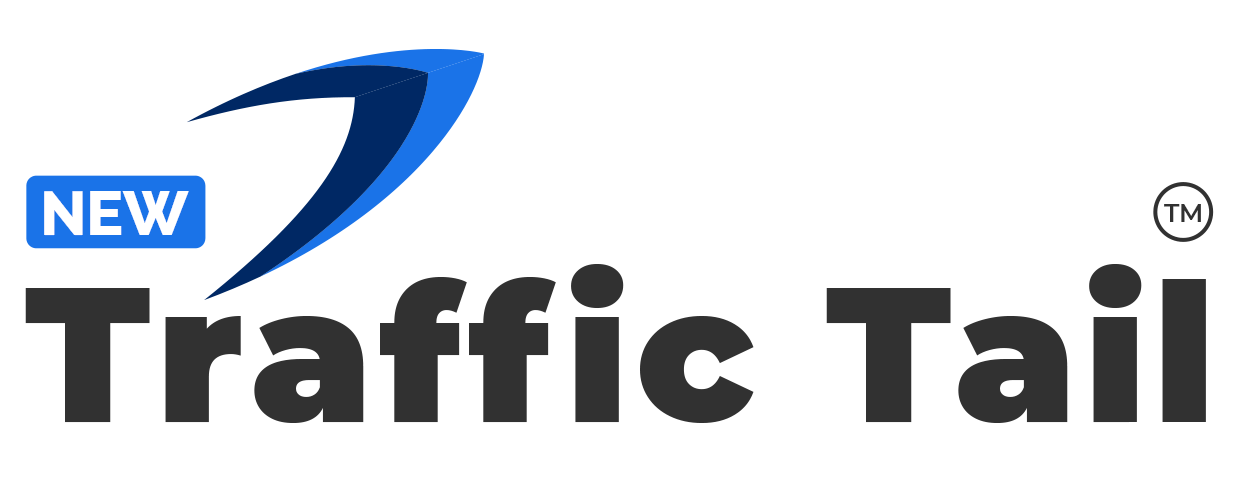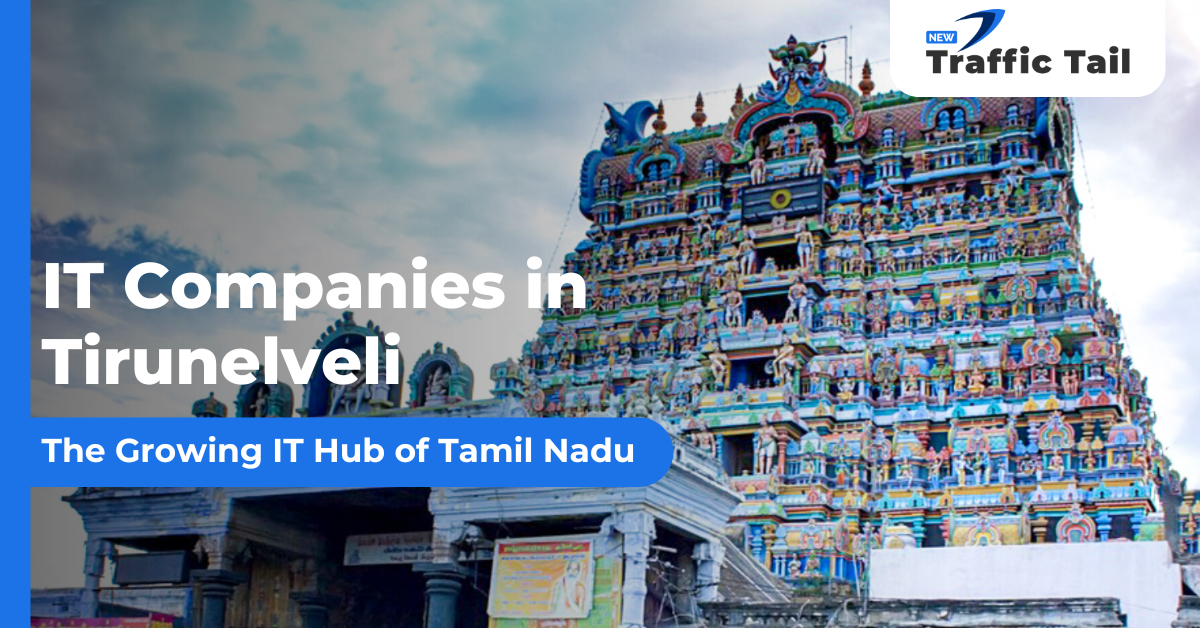Entity optimization helps Google understand what your content is about, not just the words you use. By writing around identifiable entities like people, places, brands, and concepts, content writers can improve semantic relevance, E-E-A-T signals, and visibility in AI Overviews and the Knowledge Graph.
Why Content Writers Should Care About Entities

For years, SEO content writers have optimized for keywords. But in 2025, Google doesn’t just look for matching phrases; it looks for meaning. Entities are the bridge between language and understanding. They represent real-world things that search engines recognize and connect through context.
Optimizing for entities aligns closely with AI search optimization because AI systems rely on factual, structured, and semantically rich content to deliver precise answers. When writing is built around clearly defined entities, it helps Google and AI models interpret expertise and position content more accurately across search experiences.
Entity-optimized writing doesn’t replace SEO; it deepens it. It’s what allows content to rank, appear in AI Overviews, and reinforce credibility across multiple surfaces.
What Is an Entity in SEO?
An entity is any specific, definable thing (such as a person, place, organization, product, event, or concept) that Google can identify and store in its Knowledge Graph.
The Difference Between Keywords and Entities
- Keywords are the terms that users type into search engines or search bars.
- Entities are what Google understands those words refer to.
For example:
“Lincoln Aviator towing capacity” contains three distinct entities: Lincoln Aviator (a vehicle model), towing capacity (a measurable property), and capacity (a unit-based concept).
When writers use contextually accurate entities, they help Google link the content to a verified network of meanings, not just a string of words.
How Google Identifies Entities
Google uses Natural Language Processing (NLP) to recognize entities, assign relationships, and evaluate their importance through something called entity salience, which measures how central an entity is to your text.
You can explore how this process works in Google Cloud’s NLP documentation on analyzing entities, which outlines how AI systems detect, classify, and rank entities within text.
This analysis draws from multiple data sources, including:
1. Knowledge Graph connections (the web of known entities and their relationships)
2. Structured data and schema markup (which reinforce meaning)
3. Entity linking, where Google connects references in text to established entities in its index
When writing clearly expresses what entity it’s about and relates it to other recognized entities, it gains semantic weight and contextual accuracy.
Why Entity Optimization Matters for Writers
Entity optimization strengthens the meaning layer of content. It helps Google interpret an article as authoritative instead of generic.
Here’s why it matters:
1. Improves Search Understanding: Google interprets entity-rich content faster and more accurately, allowing it to rank across a wider set of related queries, including voice and generative search.
2. Supports E-E-A-T Signals: Entities connect writing to verifiable information. When Google recognizes factual accuracy and consistent relationships, it boosts the perceived expertise, authoritativeness, and trustworthiness of that content.
3. Boosts Topical Authority: By consistently mentioning related entities and subtopics, writers signal comprehensive coverage of a subject.
4. Strengthens AI Overview Placement: Entity-optimized content provides the factual anchors AI systems rely on to form responses. The clearer those relationships are, the more likely the content is to appear in AI-generated results.
In short, Google’s language models use entities as truth markers. The better a page aligns with those relationships, the more discoverable and trustworthy it becomes.
How to Find and Use Entities in Your Writing
Entity optimization isn’t about stuffing text with brand names or definitions; it’s about building semantic clarity.
1. Identify the Core Entities in Your Topic
Start by defining the main concept your article covers and the entities connected to it.
Example:
If writing about “voice search SEO,” the entities may include:
- Google Assistant (brand entity)
- Speech recognition (technological concept)
- Natural language models (AI entity)
- Mobile devices (object category)
Where to find them:
- Google’s NLP API Demo Tool (shows entities and salience)
- Semrush Entity Reports or SurferSEO semantic tools
- Wikipedia pages or Google Knowledge Panels for related topics
2. Include Related Entities and Subtopics Naturally
Google looks for co-occurring entities to understand depth. Mention related people, organizations, technologies, or measurements that strengthen context.
For instance, a post centered on E-E-A-T signals could reference entities like Google Search Central, the helpful content system, trustworthiness metrics, and fact coverage studies.
This approach expands the topical graph and ensures the content answers broader search intent.
3. Strengthen Entity Connections
Google measures relationships between entities, not just their presence. Strengthen these links by:
- Adding internal links between related entity pages
- Using consistent naming conventions (for example, always “Search Quality Evaluator Guidelines” instead of “Google’s rater guide”)
- Implementing schema markup such as Organization, Person, or FAQ
- Including supporting data or statistics to clarify relationships.
Entity strength grows through repetition, but only when repetition adds precision.
Writing Style Tips for Entity-Optimized Content

Entity-driven writing still needs to sound natural and engaging. Here’s how to strike a balance between clarity and depth.
1. Be Factual, Not Fluffy: Replace vague phrasing with specific, verifiable details.
2. Use Varied Sentence Structures: Maintain rhythm with burstiness and perplexity, variation that mimics natural language flow.
3. Integrate Entities Through Context, Not Lists: Weave them into meaningful sentences that demonstrate understanding.
4. Anchor Meaning with Clarity: Define new concepts briefly on first mention, then elaborate.
5. Leverage Format for Readability: Use bullets, subheadings, and examples to make relationships clear.
Examples of Entity Optimization in Action
Example 1: Local SEO
Keyword-focused:
“Our San Diego SEO agency helps small businesses improve rankings.”
Entity-optimized:
“Our SEO agency in San Diego helps local businesses strengthen visibility in Google Business Profile results, map packs, and location-based queries.”
Here, San Diego, Google Business Profile, and map packs are distinct entities. Together, they tell Google exactly what type of SEO, where, and for whom.
Example 2: Product Comparison
Keyword-focused:
“The Honda CR-V is better than the Toyota RAV4.”
Entity-optimized:
“The 2025 Honda CR-V and 2025 Toyota RAV4 are compact SUVs with similar cargo capacity and hybrid drivetrain options, but the CR-V offers a smoother torque curve.”
Each entity clarifies meaning and improves semantic mapping.
Entity Optimization Checklist for Content Writers
A quick reference for building entity-ready articles:
1. Define core entities.
2. Map related entities.
3. Verify with trusted sources like the Knowledge Graph or schema.org.
4. Add structured data where it fits.
5. Link strategically to reinforce connections.
6. Keep language unambiguous.
7. Use consistent naming.
8. Include factual details like dates, stats, or specs.
9. Test with NLP tools for entity salience.
10. Preserve readability while adding depth.
FAQs
Q1: What are examples of entities in SEO?
A: Entities include people (Marie Curie), places (San Diego), organizations (Google), events (Super Bowl), products (iPhone 15), and abstract concepts (natural language processing).
Q2: How do entities affect rankings?
A: Entities help search engines connect your content to verified facts and related topics, improving relevance and authority signals.
Q3: Do I need schema markup to optimize for entities?
A: Not necessarily, but schema improves recognition by labeling entities in a structured form.
Q4: Are entities important for AI Overviews?
A: Yes. AI Overviews rely on entity understanding to generate accurate, trustworthy
summaries.
Conclusion: Writing for Meaning, Not Just Words
Entity optimization isn’t a technical trick; it’s a shift in how writers convey clarity and expertise. By structuring content around recognizable entities, you make meaning discoverable to both humans and machines. Whether producing blog posts, product guides, or thought-leadership pieces, entity-based writing builds trust through precision. It ensures your work connects seamlessly to the verified web of information that drives modern search.




